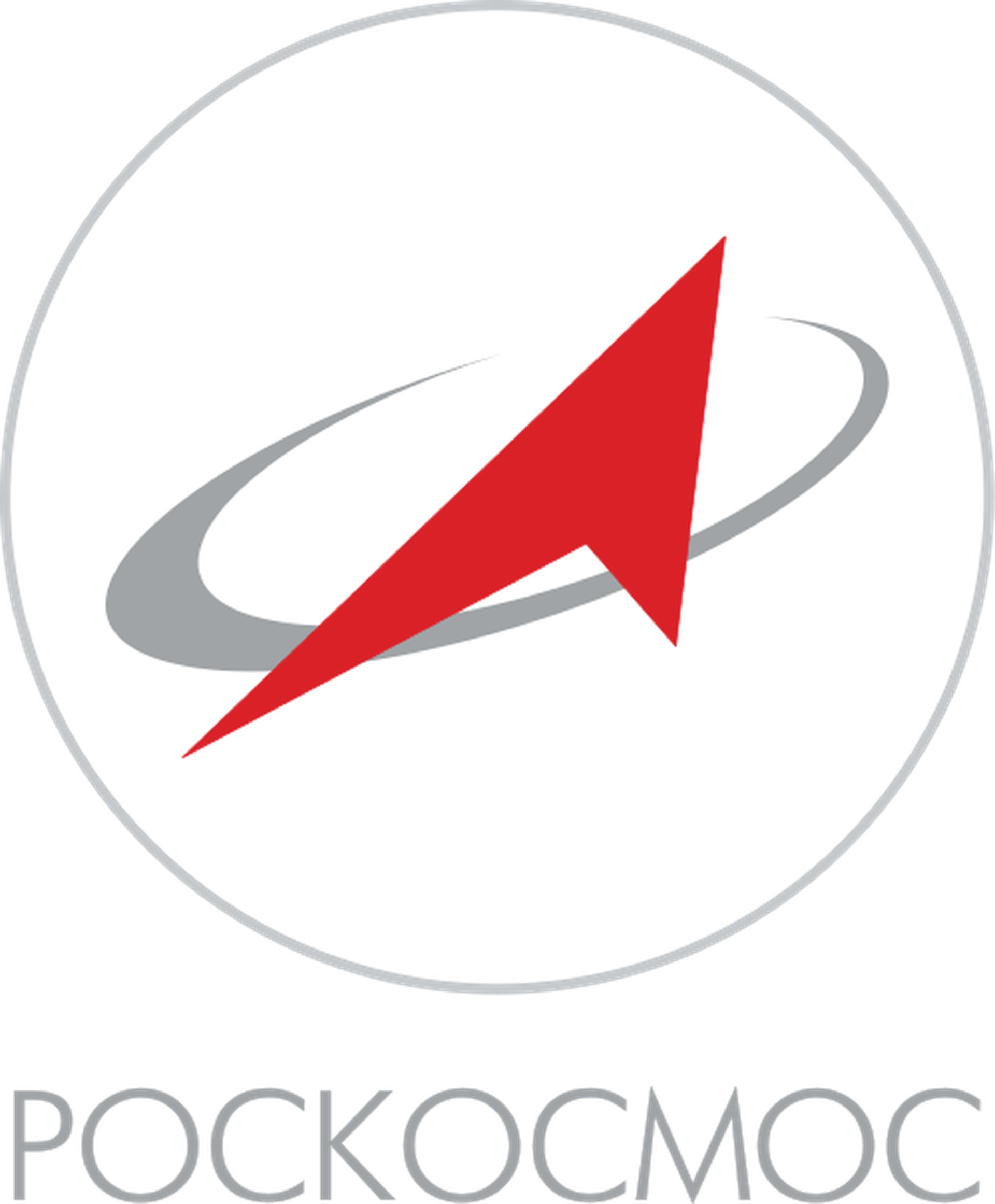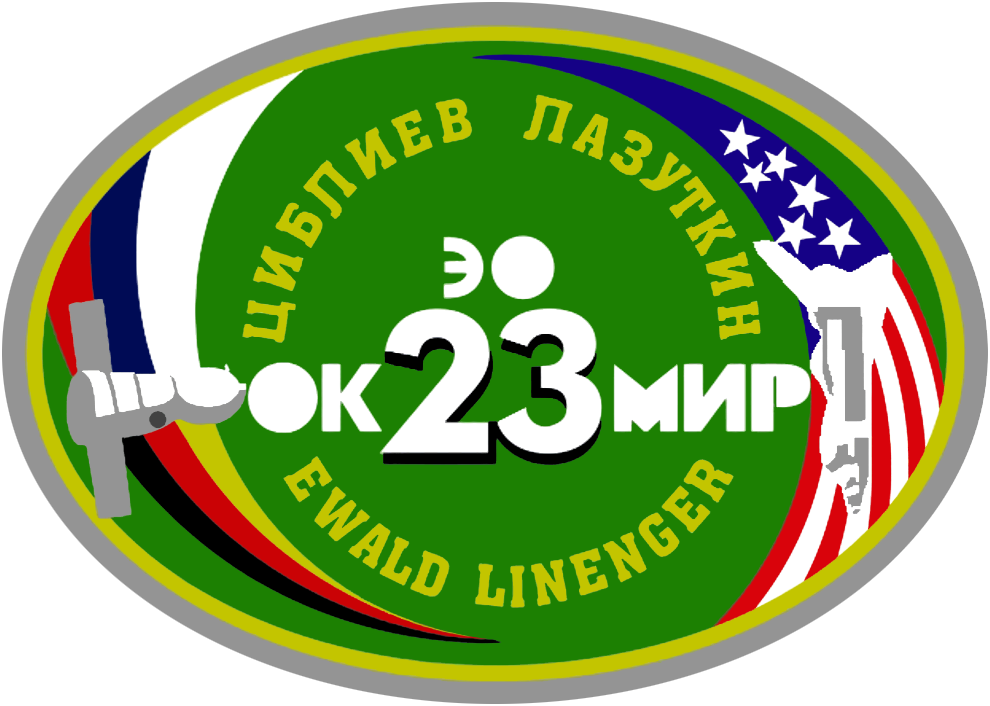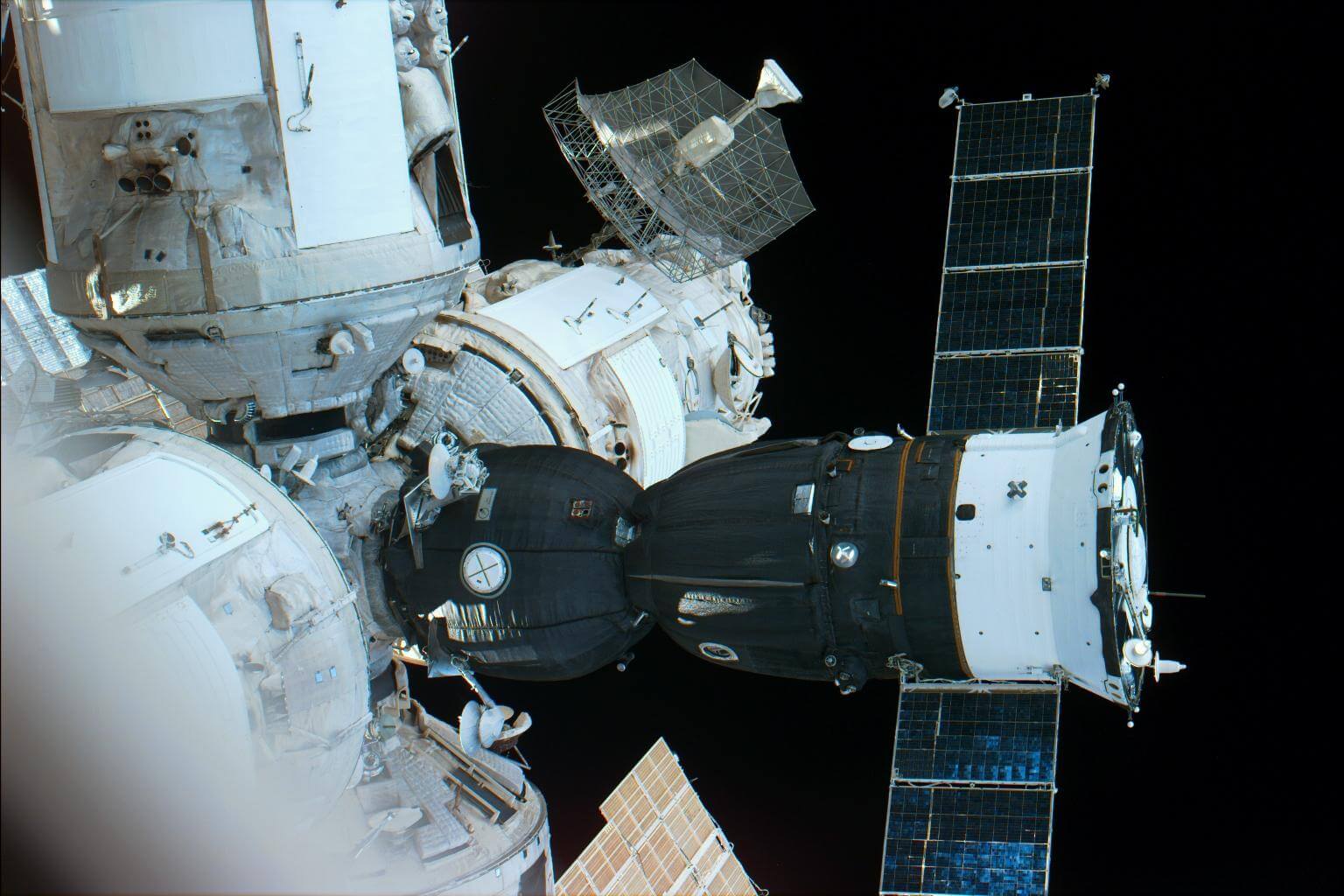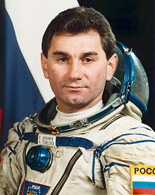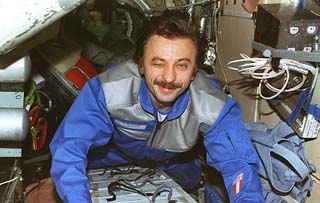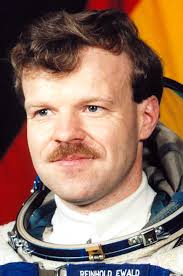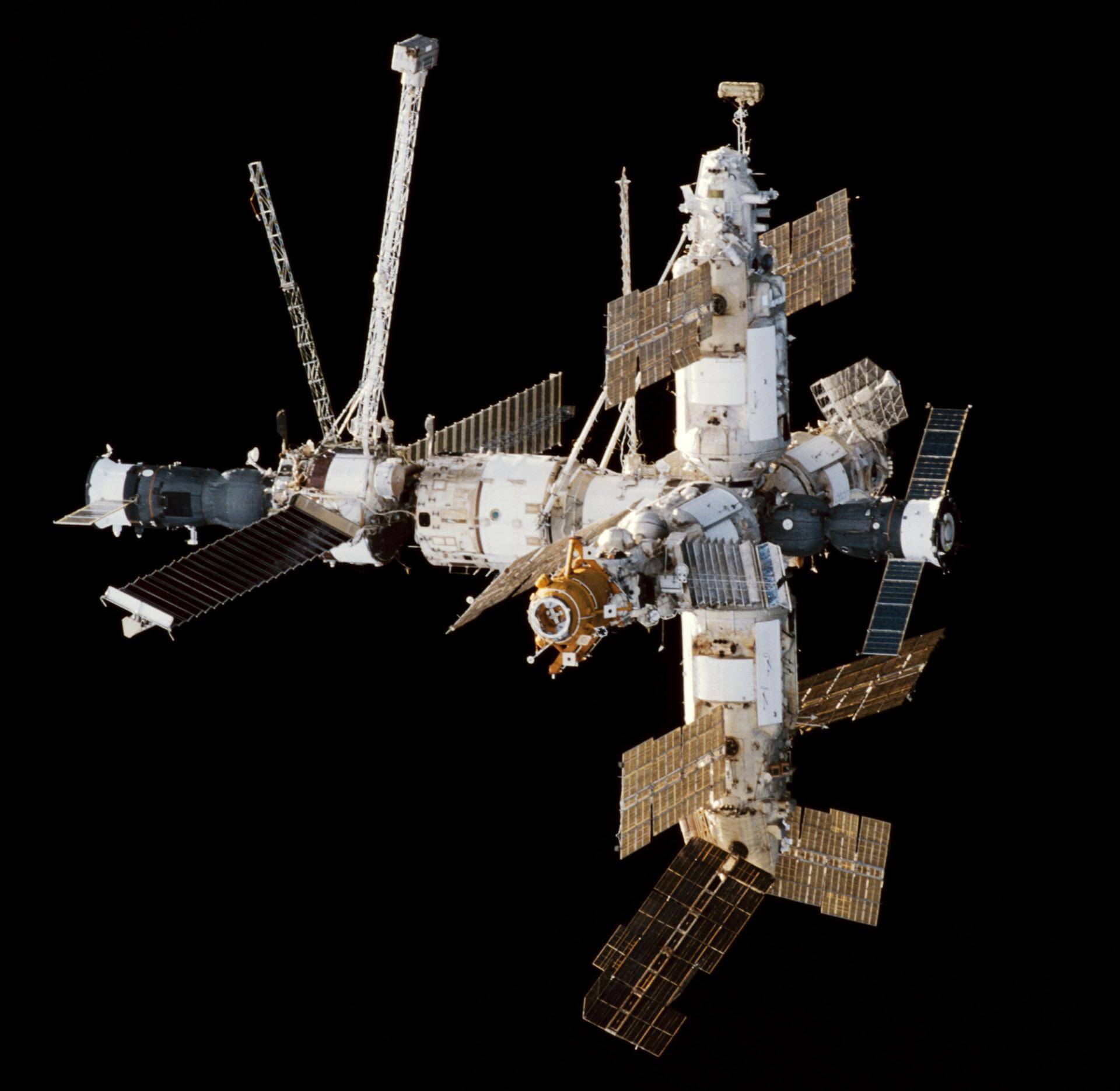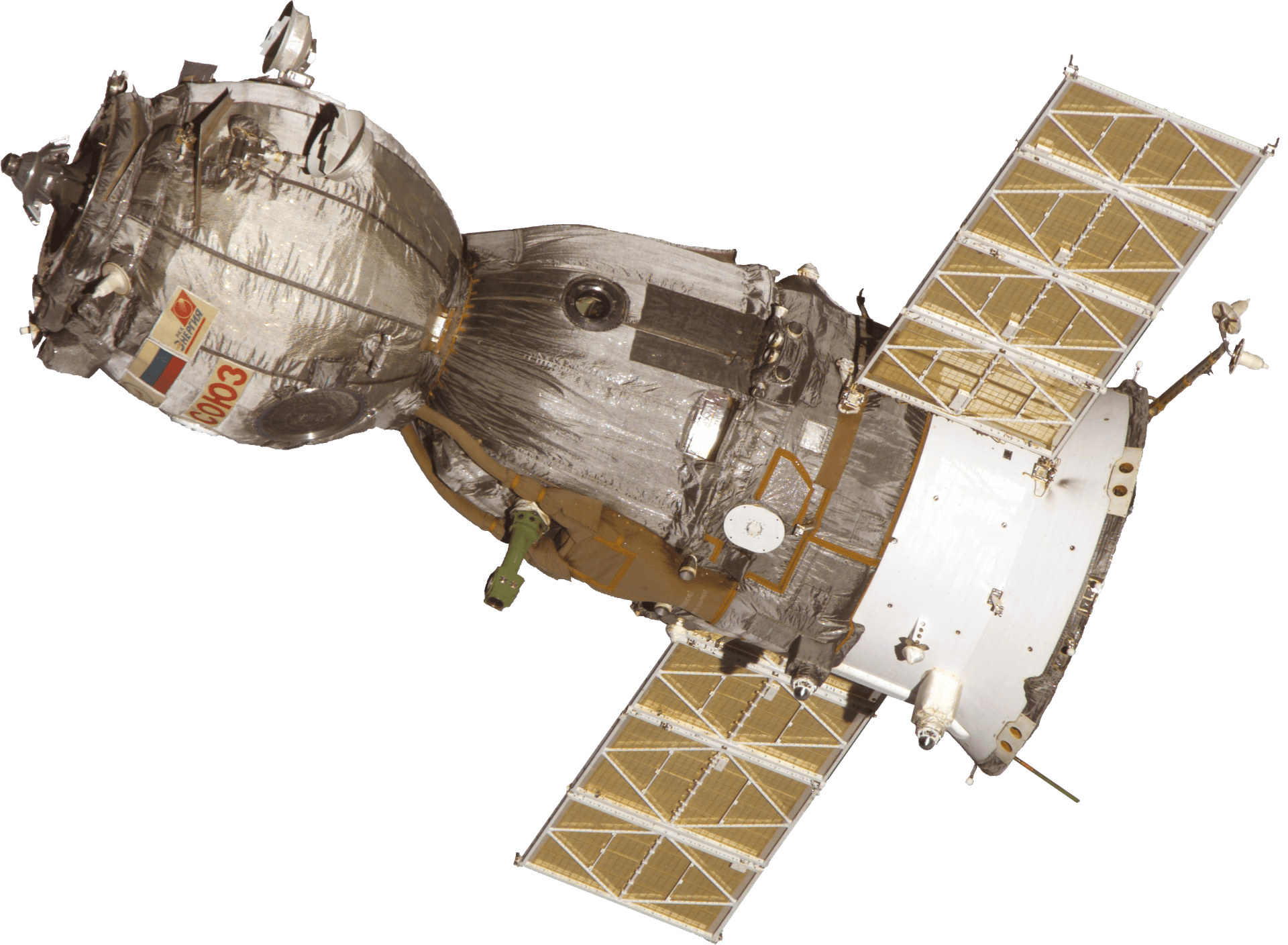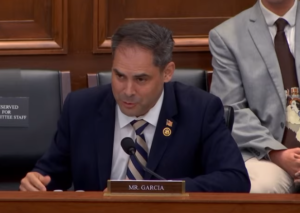Soyuz-U | Soyuz TM-25
1/5
Baikonur Cosmodrome, Republic of Kazakhstan
T?
--
Days
:
--
Hours
:
--
Mins
:
--
Secs
Date Loading...
Russian Federal Space Agency (ROSCOSMOS)
The Roscosmos State Corporation for Space Activities, commonly known as Roscosmos, is the governmental body responsible for the space science program of the Russian Federation and general aerospace research. Soyuz has many launch locations the Russian sites are Baikonur, Plesetsk and Vostochny however Ariane also purchases the vehicle and launches it from French Guiana.
Soyuz TM-25
Soyuz TM-25 was the 30th mission and the 23rd long-duration expedition to Mir space station. It was also a part of the US/Russian Shuttle-Mir Program. The mission began on February 10, 1997, 14:09:30 UTC, launching Commander Vasili Tsibliyev, Flight Engineer Aleksandr Lazutkin and Research Cosmonaut Reinhold Ewald into orbit. They docked with Mir two days later. During their stay there, cosmonauts performed an EVA and various scientific experiments in medicine, biotechnology, Earth sciences etc. Station crew was visited by several Progress resupply spacecrafts, STS-84, and welcomed aboard Soyuz TM-26 with the next expedition crew. The mission concluded with a safe landing back on Earth on August 14, 1997, 12:17:10 UTC.
Soyuz TM-25
Serial Soyuz TM 11F732A51 #74
Launch Crew Count 3
Status Single Use
Landing Time 1997-08-14T12:17:00+0000
Crew
Vasily Tsibliyev
Commander
Nationality Russian
Date Of Birth 1954-02-20
Status Retired
Type Government
Aleksandr Lazutkin
Flight Engineer
Nationality Russian
Date Of Birth 1957-10-30
Status Retired
Type Government
Reinhold Ewald
Research Cosmonaut
Nationality German
Date Of Birth 1956-12-18
Status Retired
Type Government
Soyuz U
Height 51.10 Meters
Max Stages 3
Mass To GTO 0 kg
Liftoff Thrust 0 kN
Diameter 2.95 Meters
Mass To LEO 6900 kg
Liftoff Mass 313 Tonnes
Launch Success 694
Consecutive Success 1
Maiden Flight 1973-05-18
Launch Failures 20
Programs
Mir
Mir was a space station that operated in low Earth orbit from 1986 to 2001, operated by the Soviet Union and later by Russia. Mir was the first modular space station and was assembled in orbit from 1986 to 1996.
Soyuz
The Soyuz programme is a human spaceflight programme initiated by the Soviet Union in the early 1960s. The Soyuz spacecraft was originally part of a Moon landing project intended to put a Soviet cosmonaut on the Moon. It was the third Soviet human spaceflight programme after the Vostok and Voskhod programmes.

